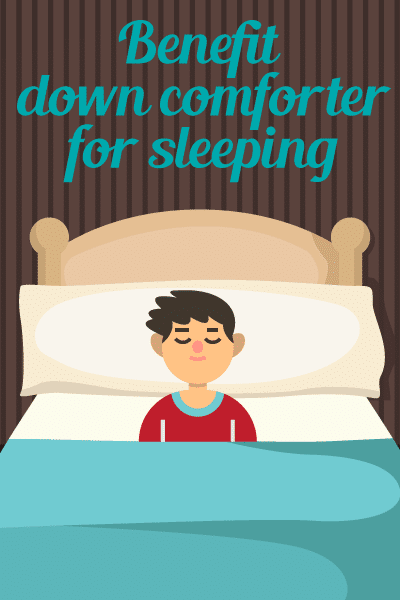Summary: A study reveals that infants prenatally exposed to illicit drugs or alcohol are at a heightened risk of sudden unexpected infant death (SUID) and that caregivers of these infants were twice as likely to be impaired at the time of death, with 1 in 4 deaths involving both caregiver impairment and bed-sharing. The researcher emphasizes the need for targeted interventions to reduce SUID in this vulnerable population, including discouraging bed-sharing and providing culturally sensitive education and resources for safe sleep practices.
Key Takeaways:
- Increased Risk Among Prenatally Exposed Infants: Infants prenatally exposed to drugs or alcohol face a higher risk of SUID, with 34% of caregivers impaired at the time of death compared to 16% for nonexposed infants. Bed-sharing was common in these cases.
- Significant Role of Sleep Environment: Over half of SUID cases occurred in adult beds, and 1 in 4 deaths of prenatally exposed infants involved caregivers who were both impaired and bed-sharing.
- Need for Targeted Interventions: Researchers recommend culturally sensitive education for caregivers, discouraging bed-sharing, and ensuring access to safe sleep spaces and support programs to reduce SUID risk in prenatally exposed infants.
Babies who are prenatally exposed to illicit drugs or alcohol are known to be at higher risk for sudden unexpected infant death (SUID). A new study by a Nemours Children’s Health researcher published in Pediatrics showed that caregivers of prenatally exposed infants were twice as likely to be impaired at the time of death.
“As the drug epidemic continues in the United States, about 8% of births are affected by prenatal exposure to illicit drugs,” says lead author Stephanie A. Deutsch, MD, MS, director of the Nemours CARE (Children at Risk Evaluation) program at Nemours Children’s Health, Delaware Valley, in a release. “These infants face challenges from the beginning, including a higher risk of sudden unexplained death.”
The term SUID encompasses sudden infant death syndrome (SIDS) and certain other accidental causes of death. Deutsch, associate professor of pediatrics at Sidney Kimmel Medical College of Thomas Jefferson University, says previous research has suggested that the higher rates of SUID in prenatally exposed infants may stem from bed-sharing, or from poor decision-making in a caregiver who is under the influence of drugs or alcohol.
Understanding Risk Factors
She and colleagues wanted to further understand the risk factors affecting prenatally exposed infants, hoping to educate caregivers about ways to reduce fatalities.
In this study, Deutsch and colleagues examined de-identified data from the Centers for Disease Control and Prevention’s SUID and Sudden Death in the Young case registry. They studied reports on 2,010 infants who had died unexpectedly between 2015 and 2020, categorizing the deaths according to prenatal exposure to drugs or alcohol. Data was based on parental reporting and on maternal and neonatal laboratory test results at time of birth.
The researchers also identified the caregivers at the time of death and characterized the sleep setting, for example, bed versus crib; alone or with a caregiver.
Key findings:
- Of the 2,010 infants in the study, 14% had been born with prenatal exposure to drugs or alcohol.
- Among babies who were born prenatally exposed, 34% of caregivers were impaired when the infant died, compared with 16% of the caregivers of nonexposed infants. Among the caregivers who were impaired, 75% of them were also bed-sharing.
- 52% of sudden unexplained infant deaths took place in adult beds.
- In 53% of the deaths, the baby was sharing the bed with an adult. In 16% of the cases, the baby was sharing with another child.
- 50% of caregivers were asleep, and 19% were impaired at the time of infant death.
- However, among babies who were born prenatally exposed, 71% of caregivers were asleep at the time of death, compared with 46% of the caregivers of babies who were not prenatally exposed.
- Overall, 1 in 4 deaths of prenatally exposed infants involved caregivers who were both impaired and bed-sharing.
A Call for Targeted Efforts to Prevent SUID
Deutsch says this study indicates that immediate, targeted efforts to prevent SUID in infants who were prenatally exposed to drugs are needed. Such efforts should not stigmatize the caregivers, she cautions.
“Pediatricians and primary care providers should deliver clear messages to the parents, family members, and other caregivers of babies who were prenatally exposed,” she says in a release. “These messages should be culturally relevant, sensitive, and easily understandable.”
Most urgently, Deutsch says, caregivers should be discouraged from bed-sharing and from using substances while taking care of children. Additionally, babies should have their own space for sleeping, rather than sharing with a sibling or another child.
Expectant mothers with substance use disorders should be informed of drug treatment resources. Deutsch also suggested that if possible, caregivers should ask a nonimpaired person to provide support and assume primary responsibility for infants if they struggle to maintain sobriety.
Additionally, public health nurses, social workers, and home visitor programs could help ensure safe sleeping practices and provide helpful resources to vulnerable families.
Finally, Deutsch says health care professionals should help make sure that caregivers have access to safe sleep spaces. Community-based or government crib distribution programs are available for those in need, she added.
Deutsch notes that the study definition of “impairment” may include causes beyond substance-related impairment. However, the disproportionate rates of impairment in caregivers of prenatally exposed infants suggest a unique vulnerability that merits further study.
She also cautions that families with prenatally exposed infants often face multiple social adversities. Efforts to improve overall health and socioeconomic status for these families may also help reduce the risk of SUID, she says in a release.
ID 319347248 © Yuri Arcurs | Dreamstime.com













Leave a Reply